Security Policy Design and Implementation: A Detailed Analysis
VerifiedAdded on 2023/04/21
|5
|645
|67
Report
AI Summary
This report outlines the critical need for a well-defined security policy within an organization, emphasizing its role in protecting valuable assets like organizational and employee data. It identifies various types of cyberattacks, such as ransomware, email phishing, DDoS, and SQL injection, along with potential perpetrators like hacktivists, cybercriminals, and internal employees. Furthermore, the report proposes a basic incident response plan, detailing steps to be taken from initial incident identification to documentation and preventative measures. The plan includes clear communication channels, incident categorization, recommended changes, and thorough documentation of the discovery process, response activities, and their effectiveness, ensuring continuous improvement of the organization's security posture. Desklib provides this document as a valuable resource, among a wide array of study tools, for students seeking to understand and implement effective security policies.
1 out of 5
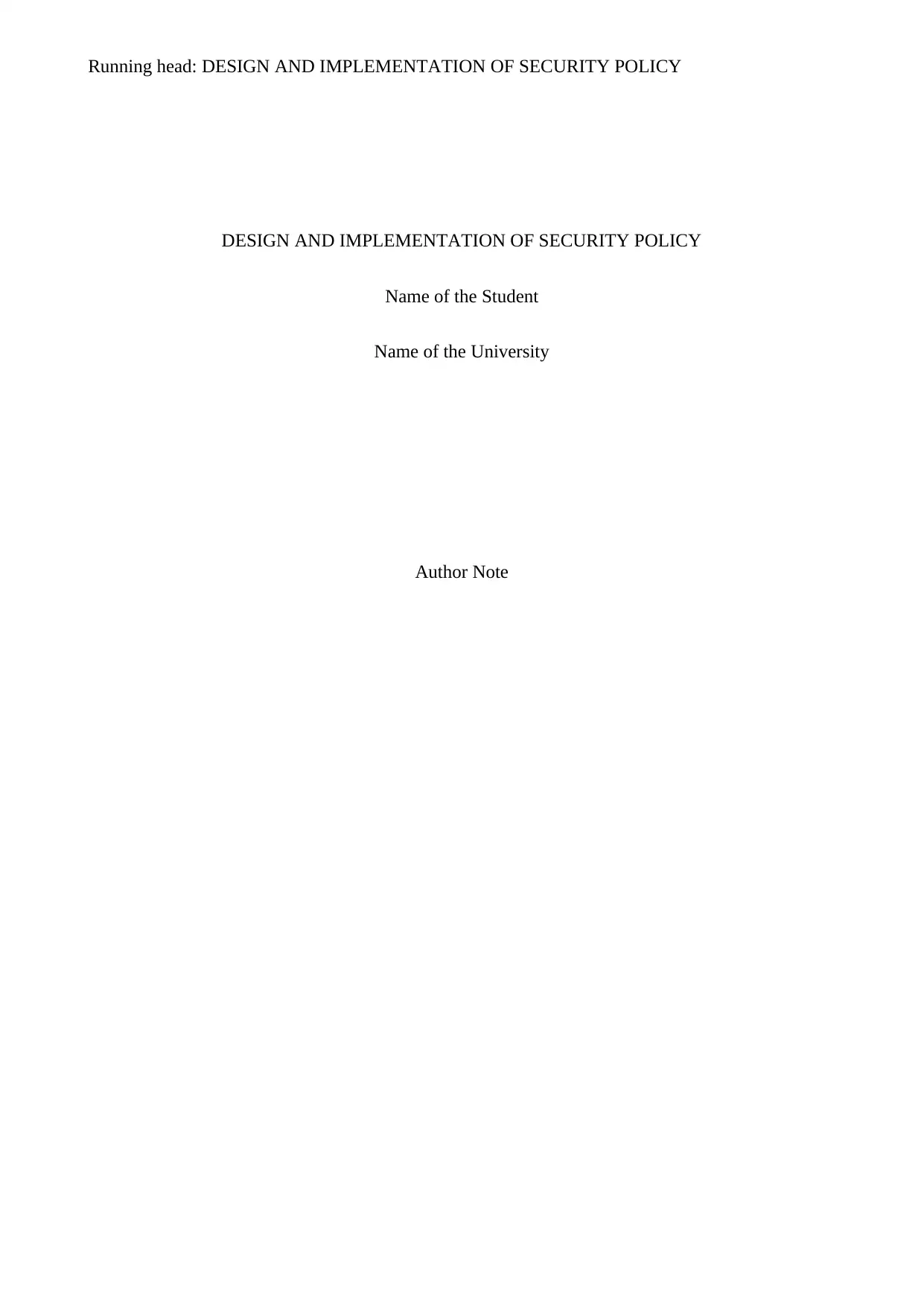
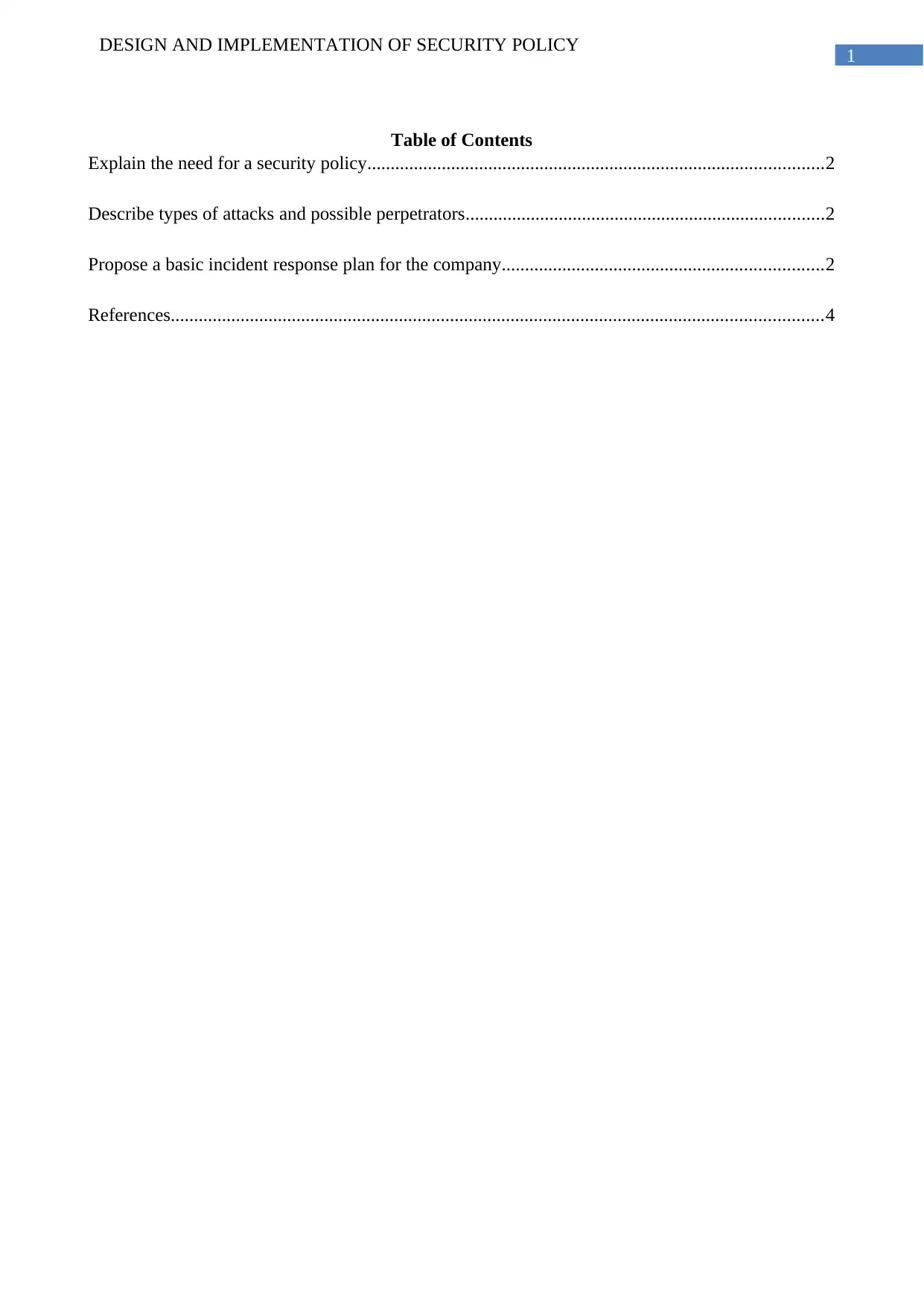
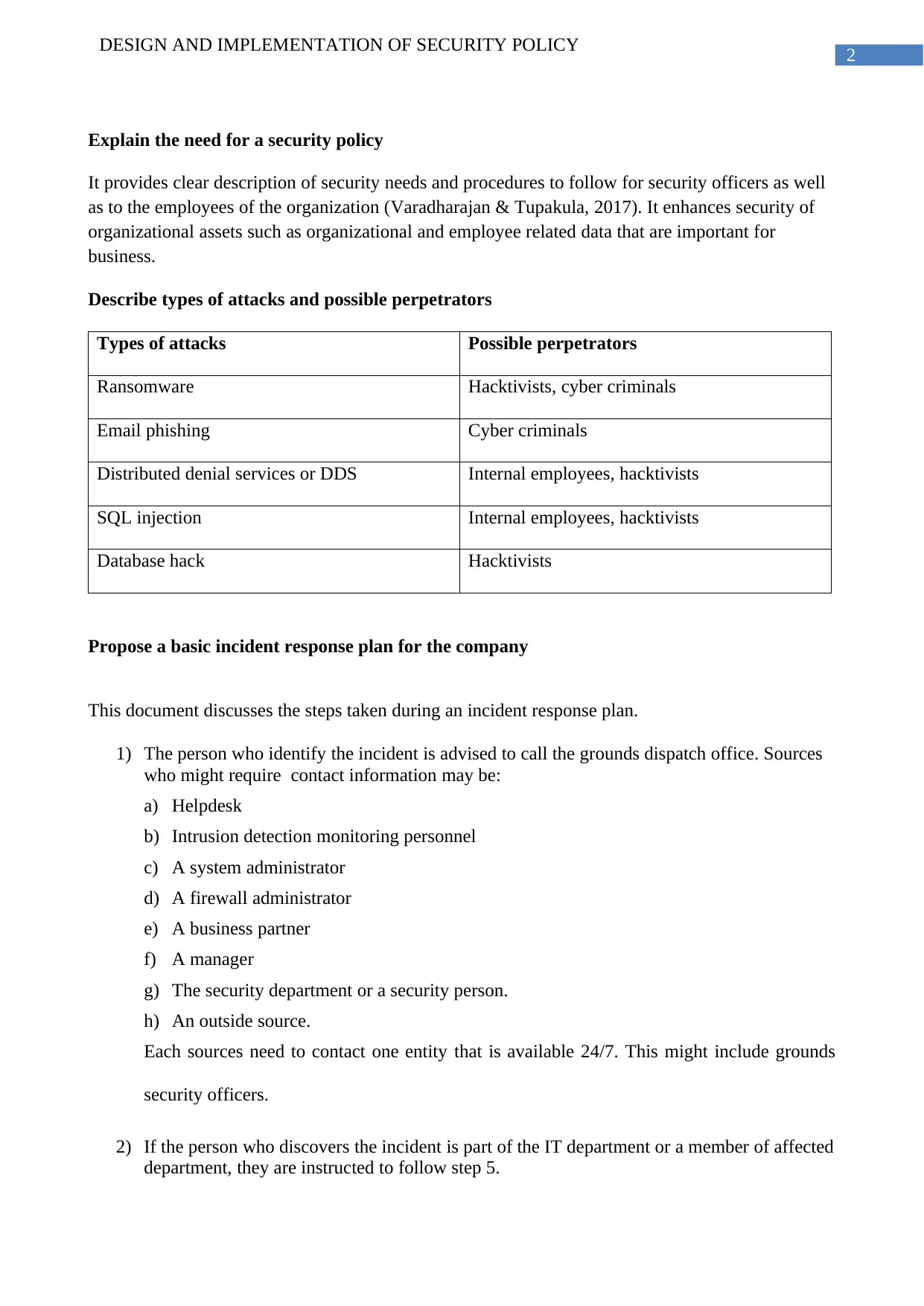

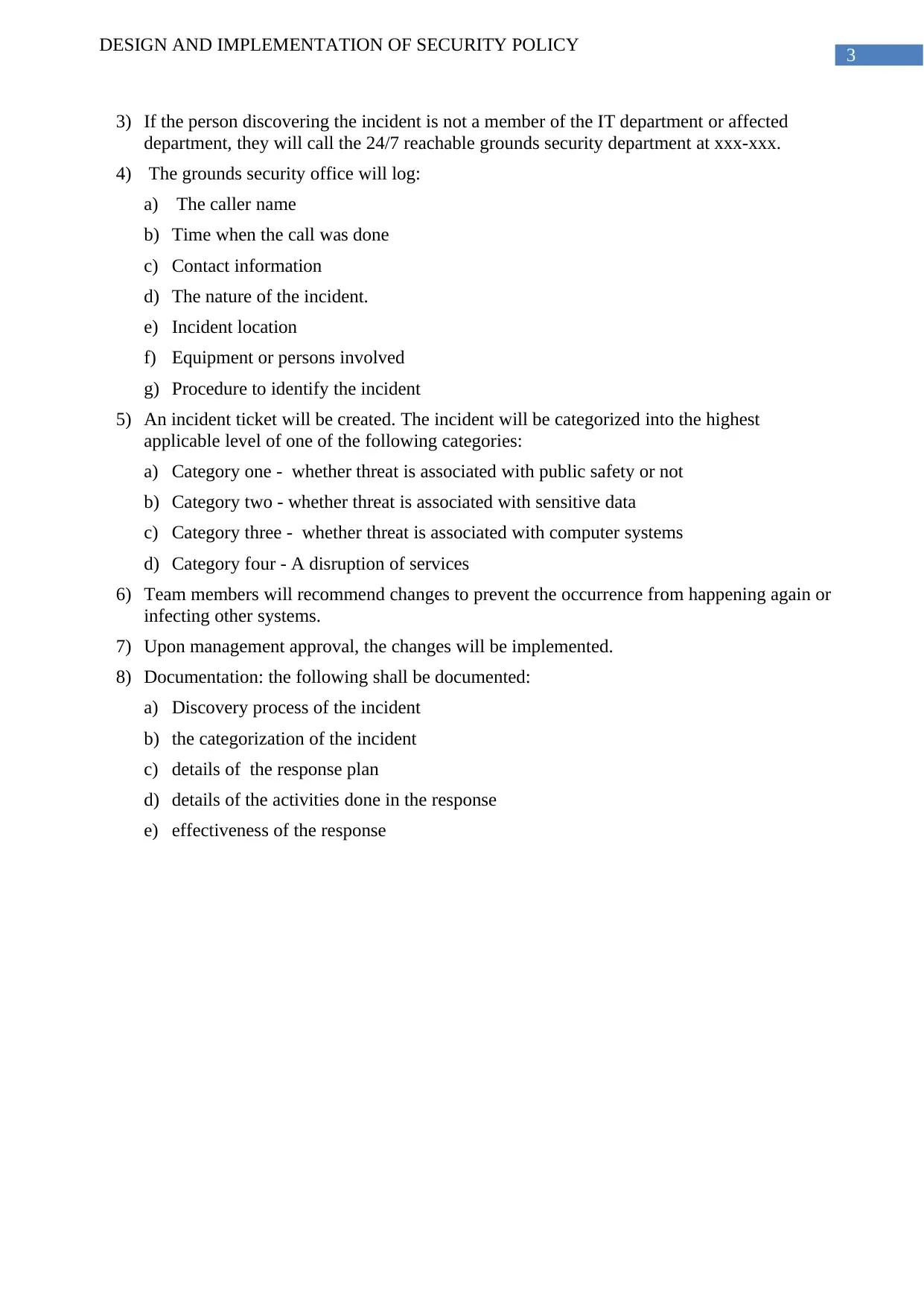
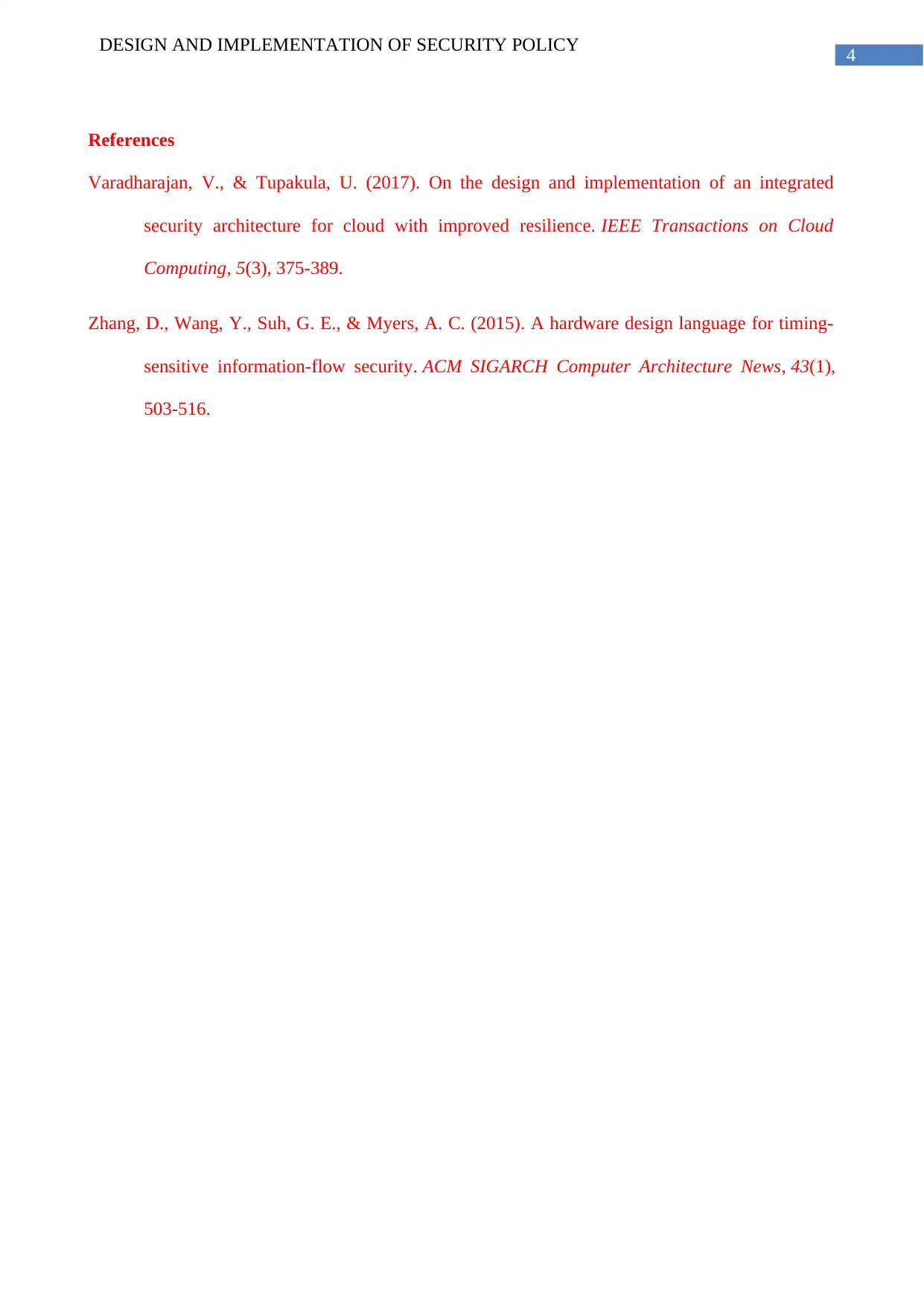





![[object Object]](/_next/static/media/star-bottom.7253800d.svg)